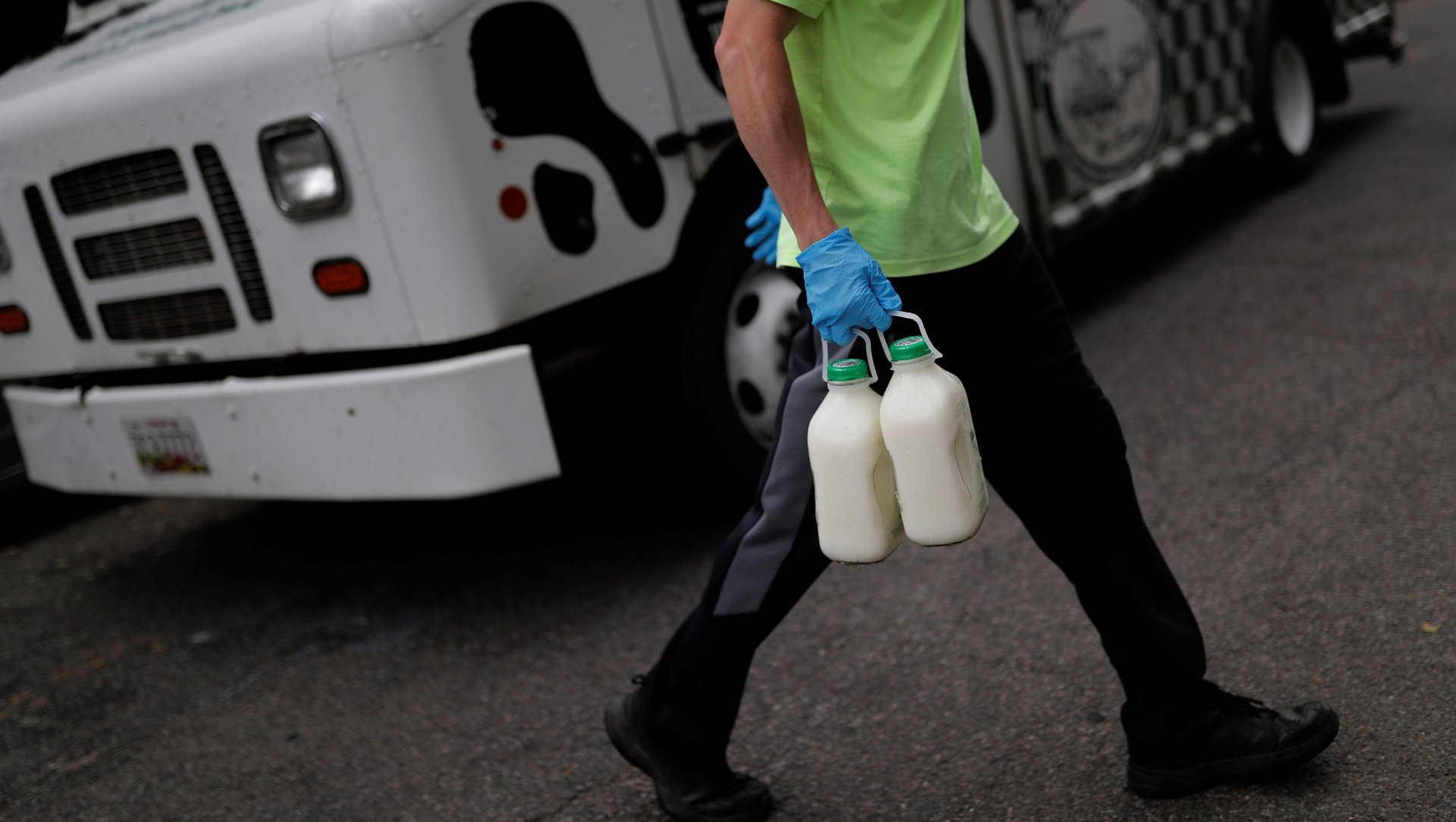Instacart is pushing 30 minute delivery, but should it?
Instacart is betting customers want groceries delivered to their door in 30 minutes.


Instacart is betting customers want groceries delivered to their door in 30 minutes.
The food delivery company recently partnered up with several big US supermarkets including Kroger and the Giant Company with the promise of delivering food as quickly as 30 minutes. Starting in July, Instacart introduced the so-called “Priority Delivery” to customers in at least 15 cities including Chicago, Los Angeles, San Francisco, and Seattle, and across more than 300 store locations.
That comes as a slew of competing companies flush with venture capital, from Getir to Gorillas, have cropped up across the globe with the pledge of delivering groceries fast—some as soon as 10 or 15 minutes. Venture capitalists have invested $3.98 billion into the global ultrafast grocery delivery business so far this year, according to data from PitchBook, a market research firm.
Amazon made two-day delivery work, and the pandemic has driven the demand for ordering more stuff online. But is there a long-term case for 30 minutes or less?
Can 30 minute delivery work?
Instacart says it’s able to offer priority delivery for $2 more in most cases, and some 20% of all customers chose priority delivery. Super-fast delivery makes the most sense in groceries, but it is also a niche case, says Dennis Oates, chief logistics officer of Sendle, a shipping company for small businesses, and who formerly worked at Amazon and Fedex. For instance, how much would it matter to get a pair of shoes in 30 minutes?
Then there’s also the ramifications of fast delivery on labor. Pressuring drivers to reach their destination in 30 minutes, could lead to scenarios where workers disregard speed limits or flout safe driving to get to there in time. In the 1990s, Domino’s pledged to deliver pizza in 30 minutes, but scrapped the policy after consumer groups, for years, charged that the policy encouraged reckless driving. Meanwhile, Gorillas, a Berlin-based grocery delivery startup, said it is pausing US expansion and will focus on building its business in New York City, after workers protested unfavorable working conditions.
For years, businesses have tried to figure out how to make grocery delivery work. Webvan, which filed for bankruptcy in 2001 after burning through $800 million in just three years, became a poster child for the perils of too-fast expansion and spending too much on building out its own infrastructure. Recently, Amazon announced it was tacking on a $9.95 delivery surcharge to Whole Food delivery orders starting Oct. 25, showing how even an e-commerce giant can’t figure out the economics of grocery delivery.
That said, the pandemic has made grocery delivery a norm, giving all players in the space a boost. While there’s limited economies of scale when companies deliver from point A to point B, as oppose to making multiple but time-consuming stops, Instacart benefits from being able to easily partner up with multiple grocers, says Oates. It’s also another incentive for the grocery delivery company to draw more customers. But is this is going to be a standard practice?
“I don’t think you’re going to see e-commerce go to 30 minutes any time soon,” says Oates, “where you click a button, and 30 minutes later, the set of pens that I needed show up on my door.”